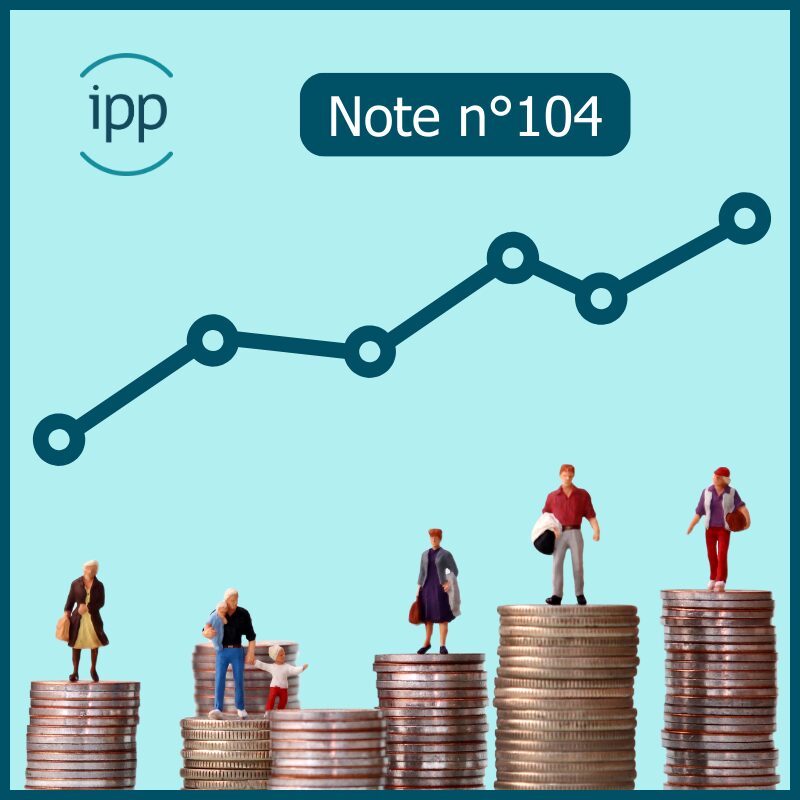> Read the note
Copy
FJ. Bierbrauer, P C. Boyer, E. Hansen, A. Vallette. On the design of self-financed Prime d’Activité reforms February 2024. Note ipp n°104.
Presentation
Earning subsidies or in-work benefit programs have become a defining feature of OECD countries’ tax and transfer programs. The authors show that a test function can be used to identify potential inefficiencies in a given socio-fiscal system. These inefficiencies can be addressed by reforms using earning subsidies This approach also makes it possible to assess whether a given reform is self-financing.
The authors apply this function in the French context of the 2019 reform of the prime d’activité, using the specific example of single people with one child as an illustration. The reform is part of a €10 billion plan to improve the purchasing power of the working poor and middle class, introduced in response to the Yellow Vests movement. This application shows two results.
On the one hand, inefficiencies existed before the 2019 reform, which means that a self-financed reform was possible. On the other hand, the 2019 reform was not, because relying on a self-financing model would have required focusing on a narrower range of revenues than the one chosen in 2019, as the reform pursued other objectives.
The methodology introduced in this note could be applied to other situations, making it possible to assess whether there are still inefficiencies in the current socio-fiscal system. This is the work currently underway in Germany, with a report to be presented to the Ministry of Labor at the end of 2023 as part of coalition agreements to reform benefits for low-income households.
Key results
- Since the introduction of the EITC in the U.S. in 1975, in-work benefits have grown significantly in OECD countries. By 2020, at least 16 OECD countries had had such a programme in place.
- According to the theory of optimal taxation, a tax and transfer system has inefficiencies when there is room for self-financing tax re- forms, i.e. reforms that harm no one and help at least one household.
- Applying this approach to the French socio-fiscal system in 2018, focusing on the case of single people with one child, shows that certain inefficiencies were present before the 2019 reform: they are found around 23,000 and 28,000 euros gross annual salary. By correcting these inefficiencies, the 2019 reform could have been self-financing.
- However, this was not the case: relying on a self-financing model would have required focusing on a tighter income bracket (between around 22,000 and 30,000 euros gross annual salary) than the one chosen in 2019 (between around 6,000 and 27,500 euros gross annual salary) as the reform pursued other objectives.
- The code applied here retrospectively is available as open source and can be used to analyze other similar reforms, past or future.
> Read the note
> Access the code
> Subscribe to receive publications on household taxation
Authors
- Felix J. Bierbrauer is Professor at theUniversity of Cologne – Center for Macroeconomic Research (CMR).
- Pierre C. Boyer is a professor at the École polytechnique – CREST, deputy director of the IPP and director of the IPP’s “Democracy and Institutions” programme.
- Emanuel Hansen is Professor at LMU Munich and theifo Institute.
- Adrien Vallette is a PHD at CREST and IPP.
Reference study
Thanks
This note was supported by the Deutsche Forschungsgemeinschaft (DFG, German Research Foundation).
research) as part of the German Excellence Strategy – EXC2126/1 – 390838866, as well as
Investissements d’Avenir (ANR-11-IDEX-0003/Labex Ecodec/ANR-11-LABX-0047),
ANR-19-CE41-0011-01 and ANR-20-CE41-0013-01.
Ce message est également disponible en :  French
French



